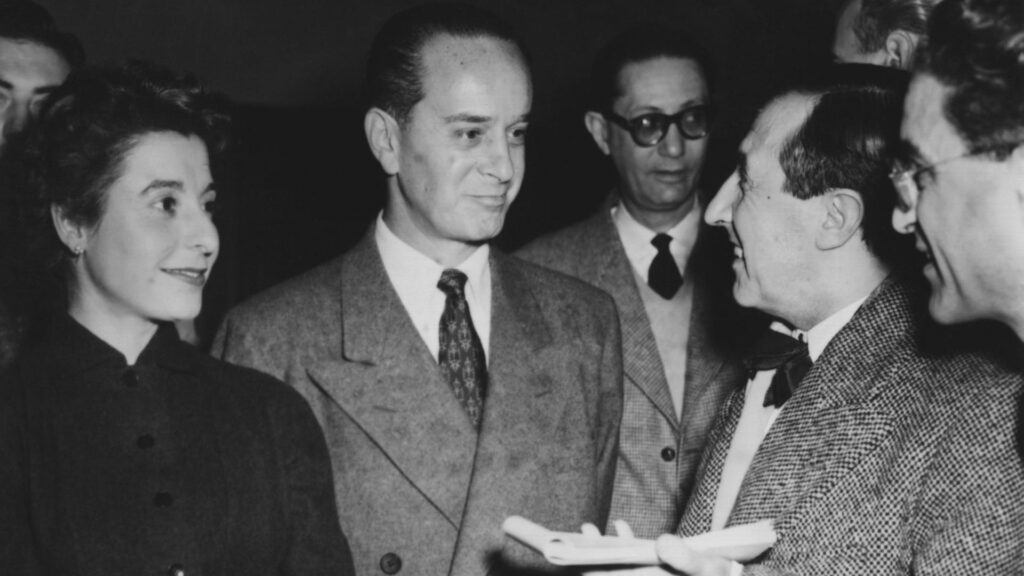
Introduction
As Central American neighbors, El Salvador and Guatemala share a rich history and cultural heritage, but they also have distinct identities that separate them. This comparison is significant as it highlights the economic, social, and cultural aspects of both countries, providing insight into their development and current status.
Cultural Overview
Both El Salvador and Guatemala boast diverse cultures rooted in indigenous heritage and colonial influences. Guatemala is known for its rich Mayan history, with impressive archaeological sites such as Tikal and a high indigenous population, predominantly the K’iche’, Kaqchikel, and Mam peoples. In contrast, El Salvador has a smaller indigenous population and a more homogenous culture influenced by Spanish colonization. Traditional Salvadoran foods like pupusas differ significantly from Guatemalan dishes such as pepián, illustrating the culinary uniqueness of each nation.
Economic Landscape
Economically, Guatemala has the largest economy in Central America, driven by agriculture, remittances, and manufacturing. In 2022, Guatemala’s GDP growth was reported at 3.2 percent, with key exports including coffee, sugar, and fruits. El Salvador, on the other hand, has been focusing on innovation and technology, especially with its controversial decision to adopt Bitcoin as legal tender alongside the U.S. dollar in 2021. Although its economy has faced challenges, including high levels of poverty and crime, initiatives to attract foreign investment are underway.
Political Situation
The political landscapes of both countries reflect their unique challenges. El Salvador has experienced significant political shifts, with President Nayib Bukele gaining popularity for his unorthodox governance style. However, concerns over authoritarian tendencies and human rights issues have surfaced. Guatemala’s political climate, similarly, is marked by corruption allegations against government officials and ongoing struggles for reform. The combination of these political issues affects the overall stability and governance of both nations.
Conclusion
The differences between El Salvador and Guatemala extend beyond geography; they encompass cultural, economic, and political dimensions. As globalization continues to shape the future of Central America, understanding these differences is vital for fostering regional cooperation and development. While both countries face similar challenges, their unique approaches and solutions will undoubtedly influence their trajectories in the years to come. For readers, this comparison offers a window into the intricacies of Central American life and the potential for growth and development within the region.

